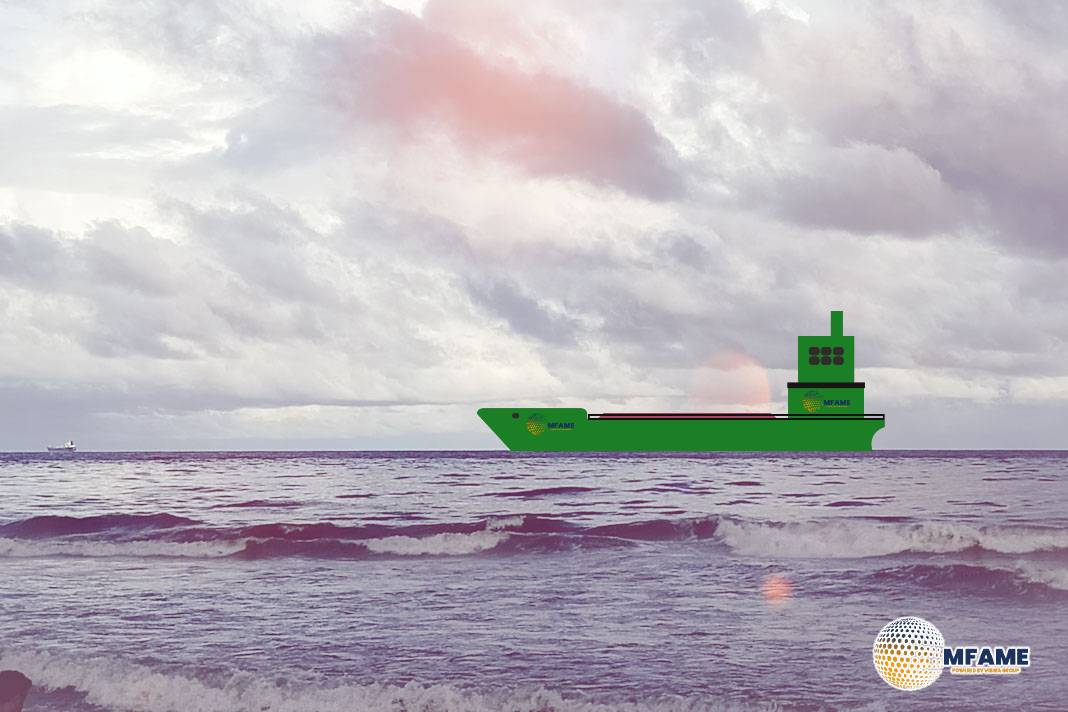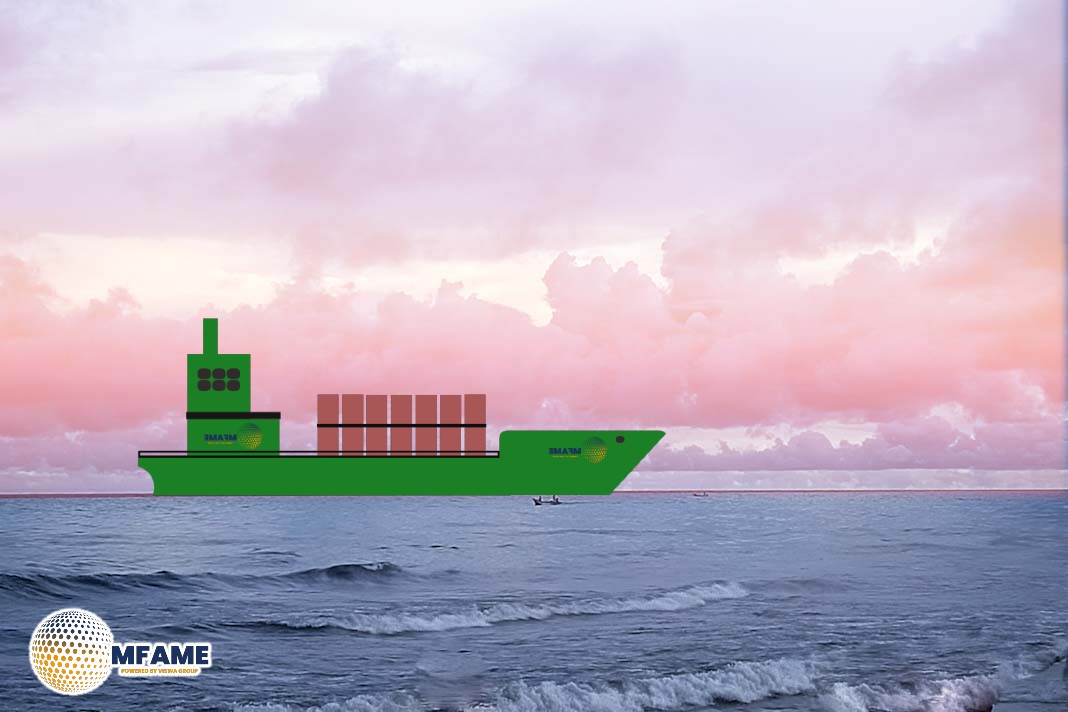- The net supply of Very Large Crude Carriers (VLCCs) has declined from the highs of 2023 and early 2024, leading to a significant increase in freight rates.
- Factors such as OPEC policies, U.S. Federal Reserve decisions on interest rates, and China’s economic performance are crucial in shaping oil demand and tanker market conditions.
- Despite a projected slowdown in its growth rate, China continues to influence oil import levels, while emerging economies like India are playing a larger role.
- VLCC rates are striving for stability amid fluctuating demand, while Suezmax and Aframax markets have seen recent gains, indicating a mixed outlook for the dirty tanker segment.
Breakwave Advisors projects a snapshot of crude and product freight rates, and supply-demand scenario.
In early 2025, the Very Large Crude Carrier (VLCC) market is experiencing a significant tightening in vessel supply, leading to a notable increase in freight rates. This trend underscores the fundamental relationship between supply levels and pricing in the VLCC sector.
Supply Dynamics and Rate Fluctuations
Net supply of VLCCs has markedly declined from the peaks observed in 2023 and early 2024. This reduction has been a key driver behind the recent surge in TD3 rates, which track VLCC movements from the Middle East Gulf to China. Historically, elevated supply levels, such as the mid-2023 peak of approximately 180 vessels, have correlated with subdued TD3 rates. Conversely, the current contraction in supply has fostered a more robust rate environment. Recent volatility in Baltic TD3 rates further suggests a strengthening trend, particularly if global crude oil demand remains resilient.
Macroeconomic Influences
The broader economic landscape presents a mixed outlook for the oil and tanker markets. Factors such as OPEC’s production policies, decisions by the Federal Reserve regarding interest rates, and China’s economic performance play pivotal roles. Should the Federal Reserve maintain elevated interest rates, there could be adverse effects on refinery margins and discretionary fuel consumption, potentially capping oil demand and limiting gains in the tanker market. Conversely, a tempering of inflationary pressures would likely bolster crude demand, enhance VLCC rates, and increase cargo volumes.
China’s Pivotal Role
China continues to be a critical driver of global oil demand in 2025. Factors such as strategic stockpiling, industrial growth, and increased refinery throughput influence its import levels. The International Energy Agency (IEA) projects global oil demand growth of 1.1 million barrels per day (mb/d) in 2025, up from 870,000 barrels per day in 2024. While China’s growth rate may moderate, emerging economies like India are expected to play increasingly significant roles in global demand dynamics.
Freight Market Sentiment
The dirty freight market exhibits mixed sentiment. VLCC routes from the Middle East Gulf to China are striving for firmer momentum, influenced by tightening vessel availability and fluctuating demand. As of mid-February 2025, VLCC freight rates on this route stood at Worldscale (WS) 60, reflecting a 13% weekly decrease. Suezmax rates for West Africa to Europe reached WS88, a 9% monthly gain, while Aframax rates in the Mediterranean climbed to WS150, marking a 46% month-over-month increase.
Outlook
With net supply approaching multi-year lows and positive momentum in TD3 rates, the VLCC market is at a critical juncture. If supply constraints persist alongside robust demand, freight rates are poised to rise further through the first quarter of 2025. However, macroeconomic uncertainties, including potential shifts in Federal Reserve policies and geopolitical risks, will significantly influence the long-term outlook for rates.
Did you subscribe to our daily Newsletter?
It’s Free Click here to Subscribe!
Source: Breakwave Advisors

















